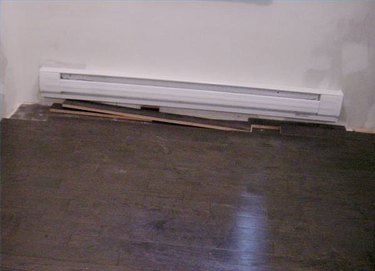
If used properly, and installed according to specifications, electric baseboard heat is one of the best heating systems for a home. These heaters are ideal for older homes with old or unserviceable heating systems no longer capable of continued use. However, they also use a great deal of energy to deliver effective heating, and baseboard heaters have limitations and problems that should not be ignored if you are thinking about going this heating route.
Proper Airflow
Video of the Day
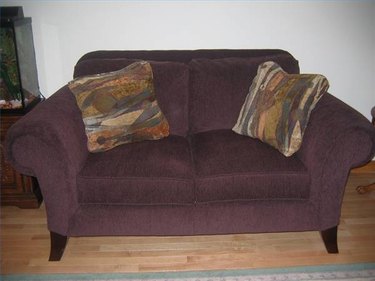
Electric baseboard heaters pull cool air through the bottom of the unit and release heated air from the top. They are designed to sit a 1/2-inch above the floor or carpet to allow enough airflow through the system. Because of this design and to ensure efficiency, the heaters shouldn't be blocked by furniture or the vent system hampered in any way.
Video of the Day
The Heating Element
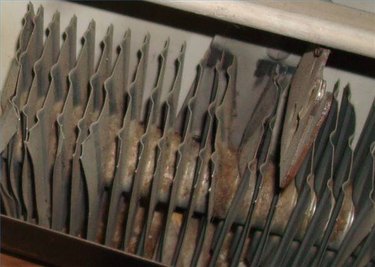
The inside of an electric baseboard heaters are composed of a heating element connected to an assembly of metal fins that heat the air around them and then vent the heated air into the room. Because of constant airflow, it is easy for the fans to be covered and clogged with dust and debris over time. The thin metal fins can also be damaged and bent easily and can likewise effect heating efficiency.
Unused Rooms
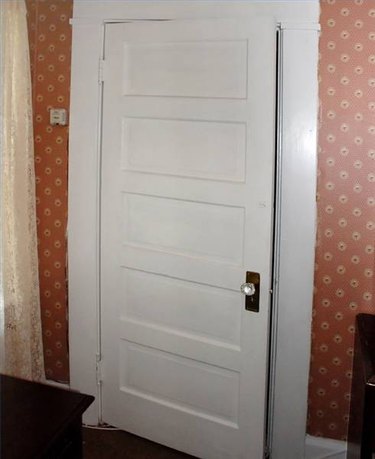
An advantage to baseboard heaters is how you can control the individual heat on a room-by-room basis. Often, though, homeowners will try to save money by isolating rooms and switching heaters off. This is unwise as it could lead to pipes in the walls or floor freezing or cold air from the room seeping into adjoining rooms and thereby making other heaters work harder. Turning the heat down to 50 degrees C or so is a better way to improve efficiency in unused rooms.
Thermostats
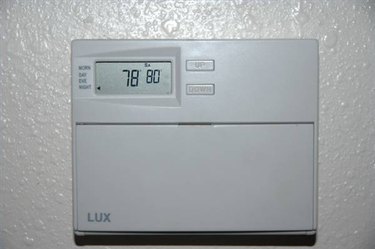
Most electric baseboard heaters come with a thermostat attached to them, but they are not always the best at maintaining consistent temperature. They also can not be controlled by wall mounted thermostats for a central heating system as the heaters need a specific voltage running through them at all times. Proper wall mounted control thermostats for baseboard heaters are not overly expensive but should be installed by a professional for best results.
Insulation
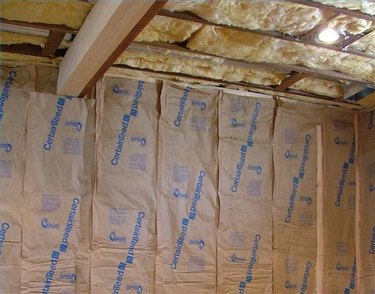
It is important to have adequate insulation in a home heated by baseboard heat. The heat demand and wear and tear goes up considerably with inadequate insulation, causing the heaters to work harder and longer and thereby incurring greater inefficiency and expense. Since baseboard heaters don't blow air through vents like a furnace does, it is harder to combat drafts and air leaks. Simple efforts to add insulation, weather stripping to doors and windows, and caulking to make rooms more airtight can increase the efficiency.
Conclusion
Baseboard heat is an excellent source of heat for a single room or small home. The problems that come from such a system can be mitigated as long as proper usage guidelines are followed and the units maintained in proper working order. If this is done, they will offer consistent, efficient heat for decades before needing replacement.